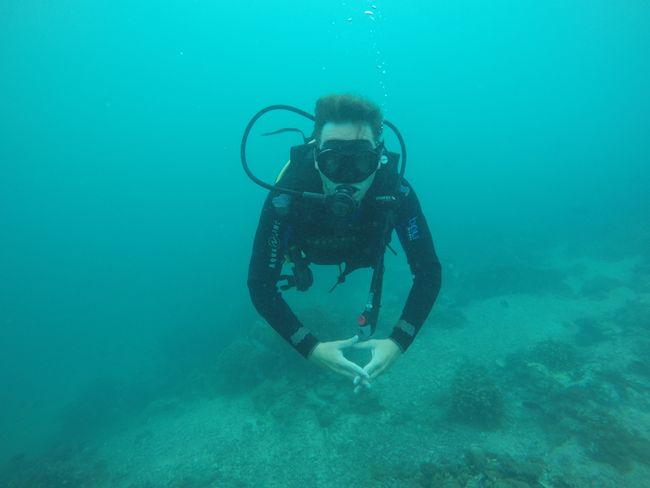Day 3 Mangrove restoration Project
Publicados: 30.09.2018
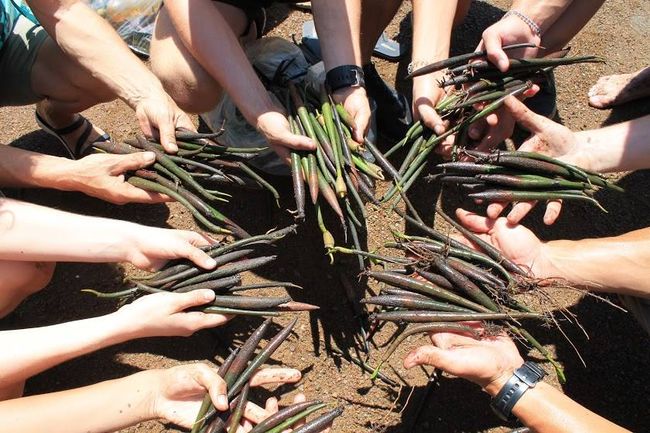
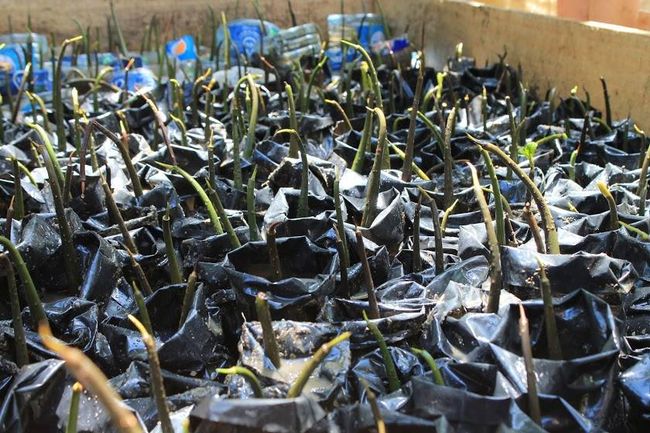
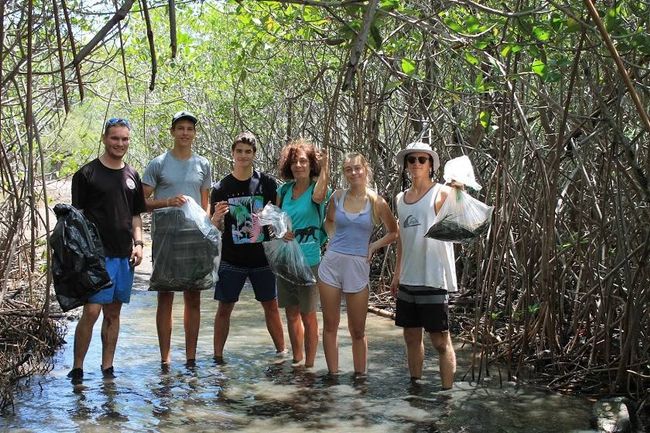
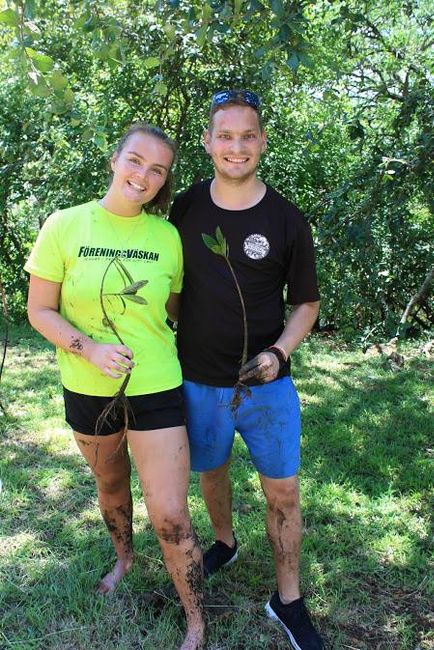
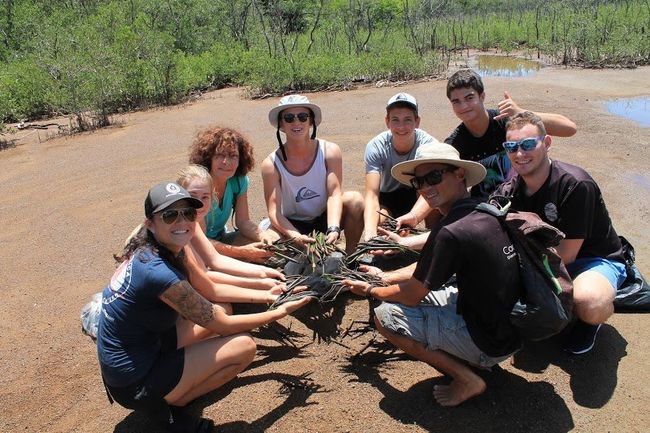
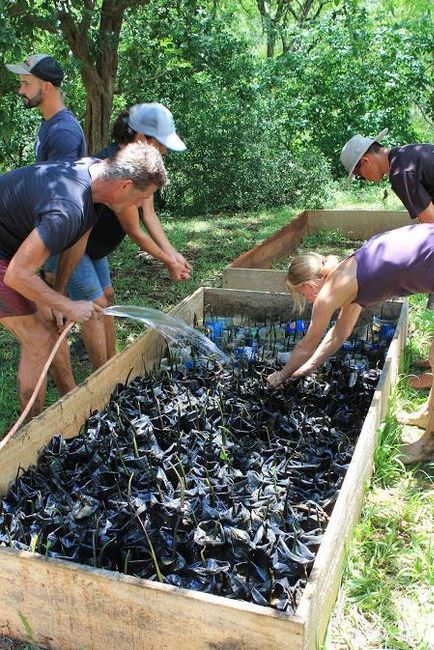
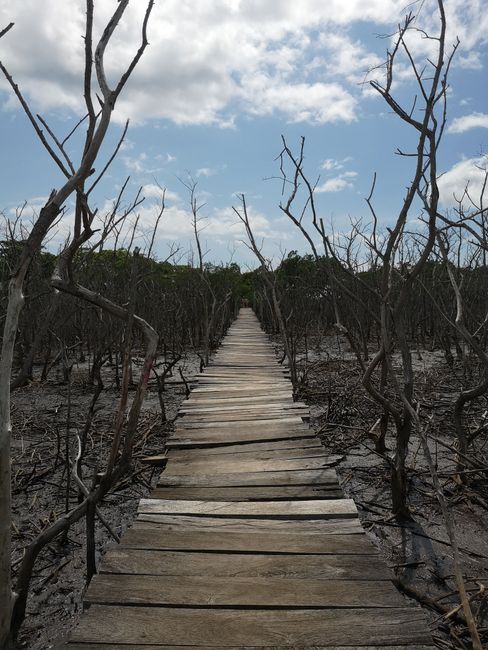
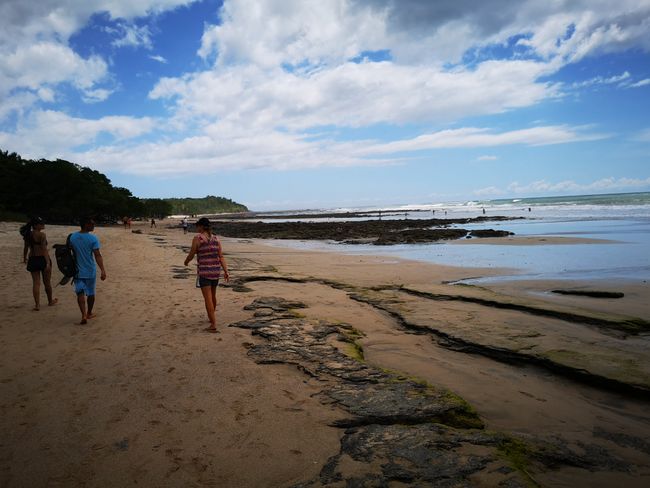
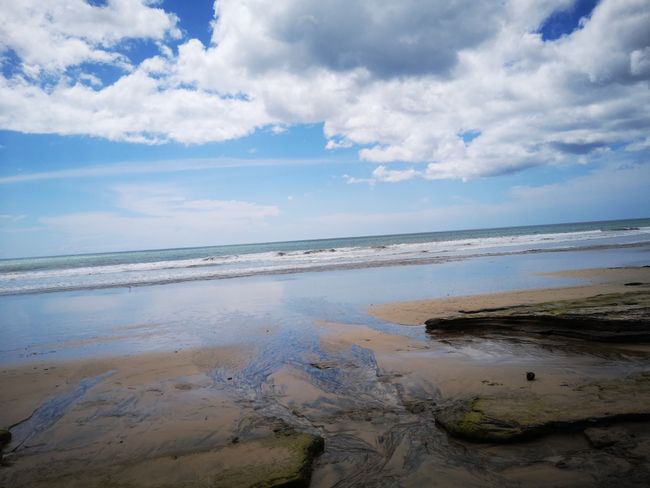
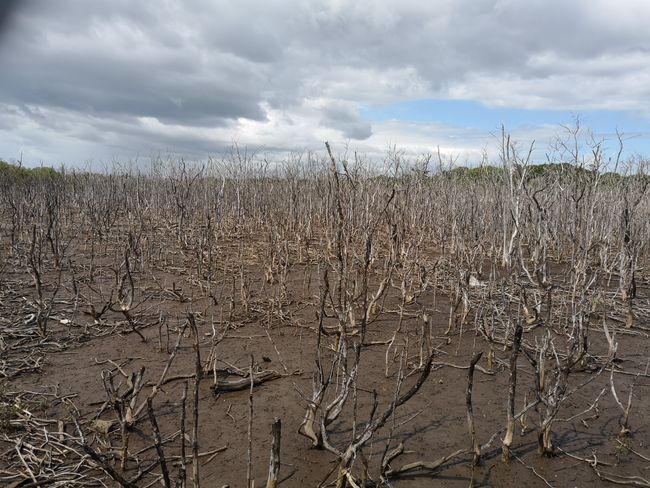
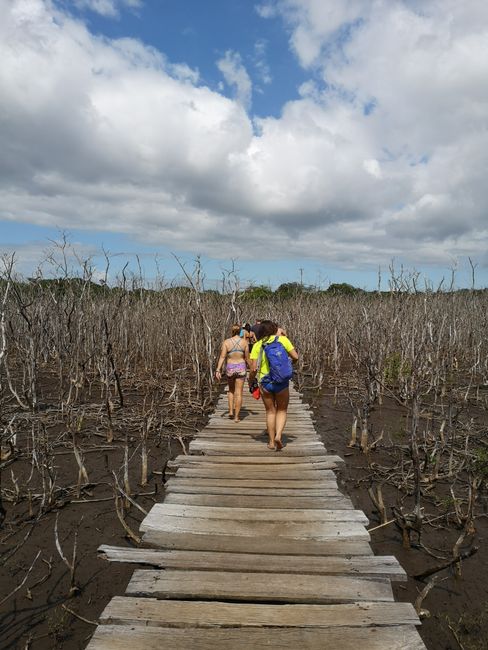
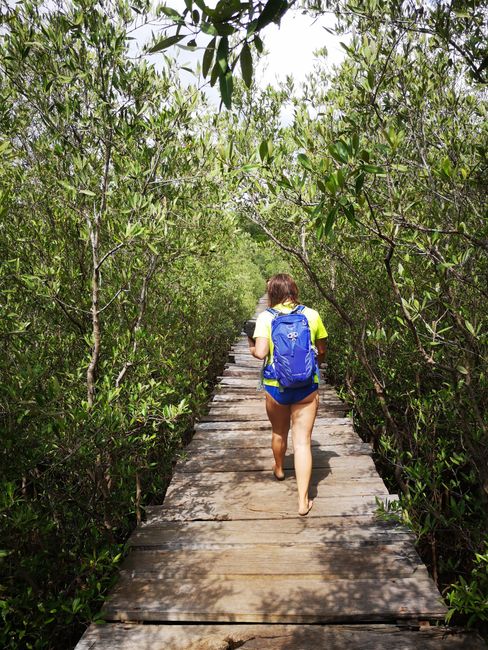
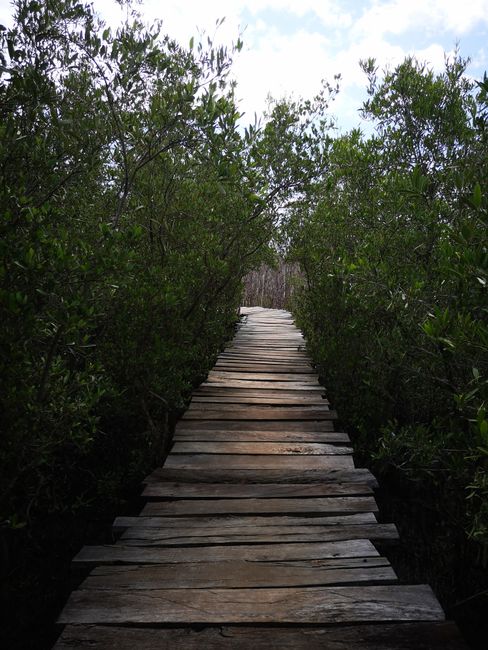
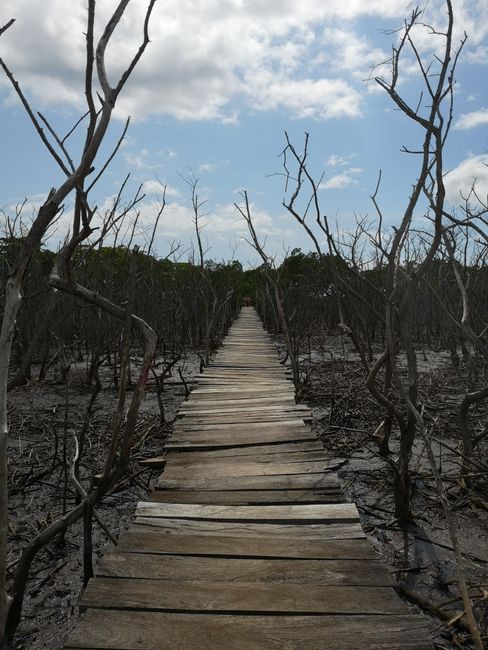
Assine o boletim informativo
Yesterday we picked up my Swedish intern from the airport and took care of some organizational tasks.
Today is finally the day. Our first day as 'interns' or in German, interns. ConnectOcean, my diving school, is committed to various environmental projects. So on our first day, we didn't go diving in the sea, but rather to the mangrove forest to plant new mangroves.
The earthquake in Costa Rica in 2012 had fatal consequences for the mangrove forest here in Guanacaste. Due to the earthquake, the tectonic plate shifted by about 1.5 meters, closing the outlet of a river into the sea, which flowed through the mangrove forests. The mangrove trees need both saltwater, which is flushed back from the sea, and freshwater coming from the inland. Due to the closure of the outlet, no new saltwater could reach the trees. The trees were standing in freshwater, which began to become toxic to the plants. A project team tried to reopen the outlet and succeeded. But then followed an extremely hot dry season, causing the rivers to dry up and no more freshwater to reach the mangrove forest. A huge area of the forest has now died off.
This is how it should look like:
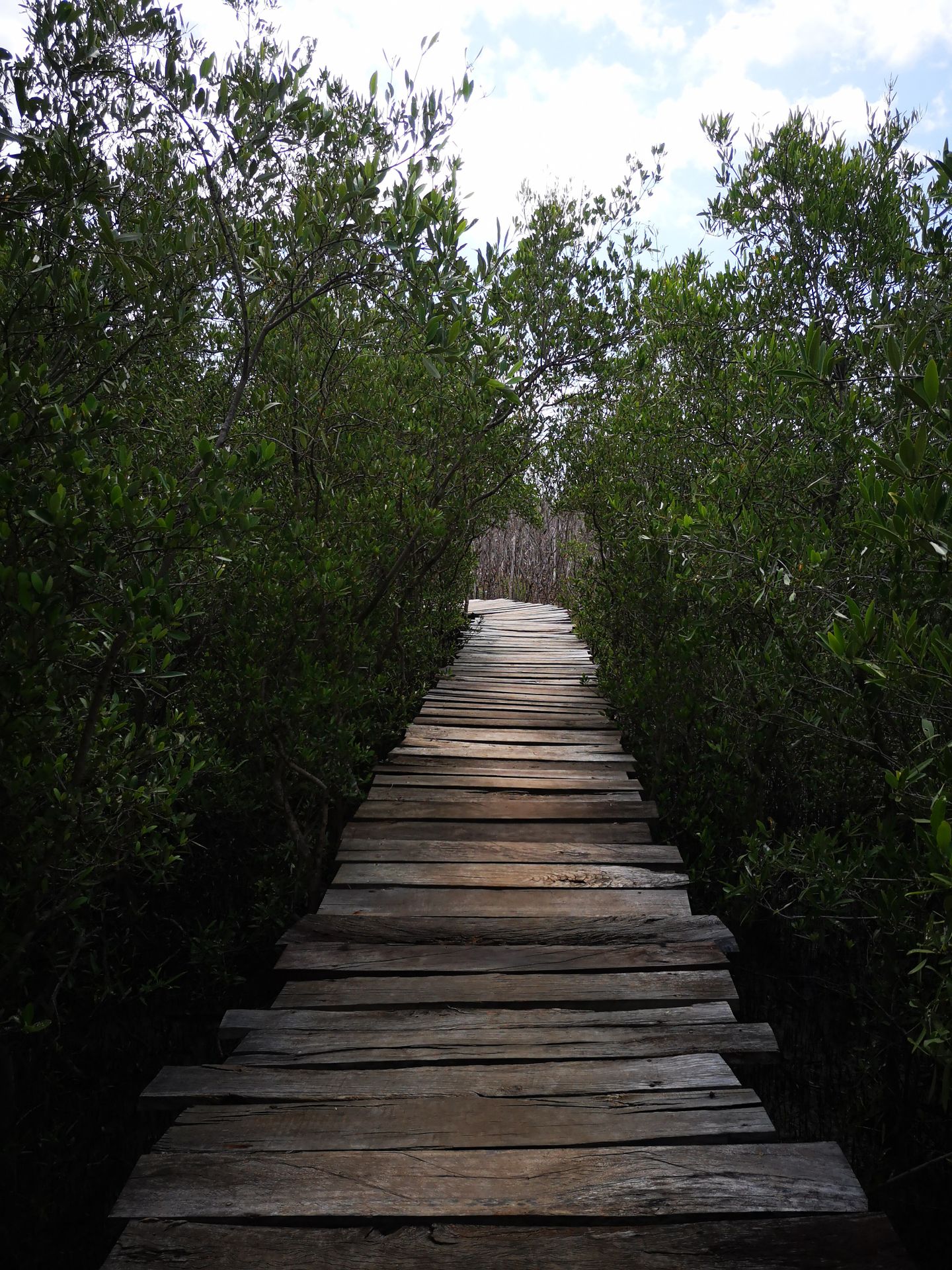
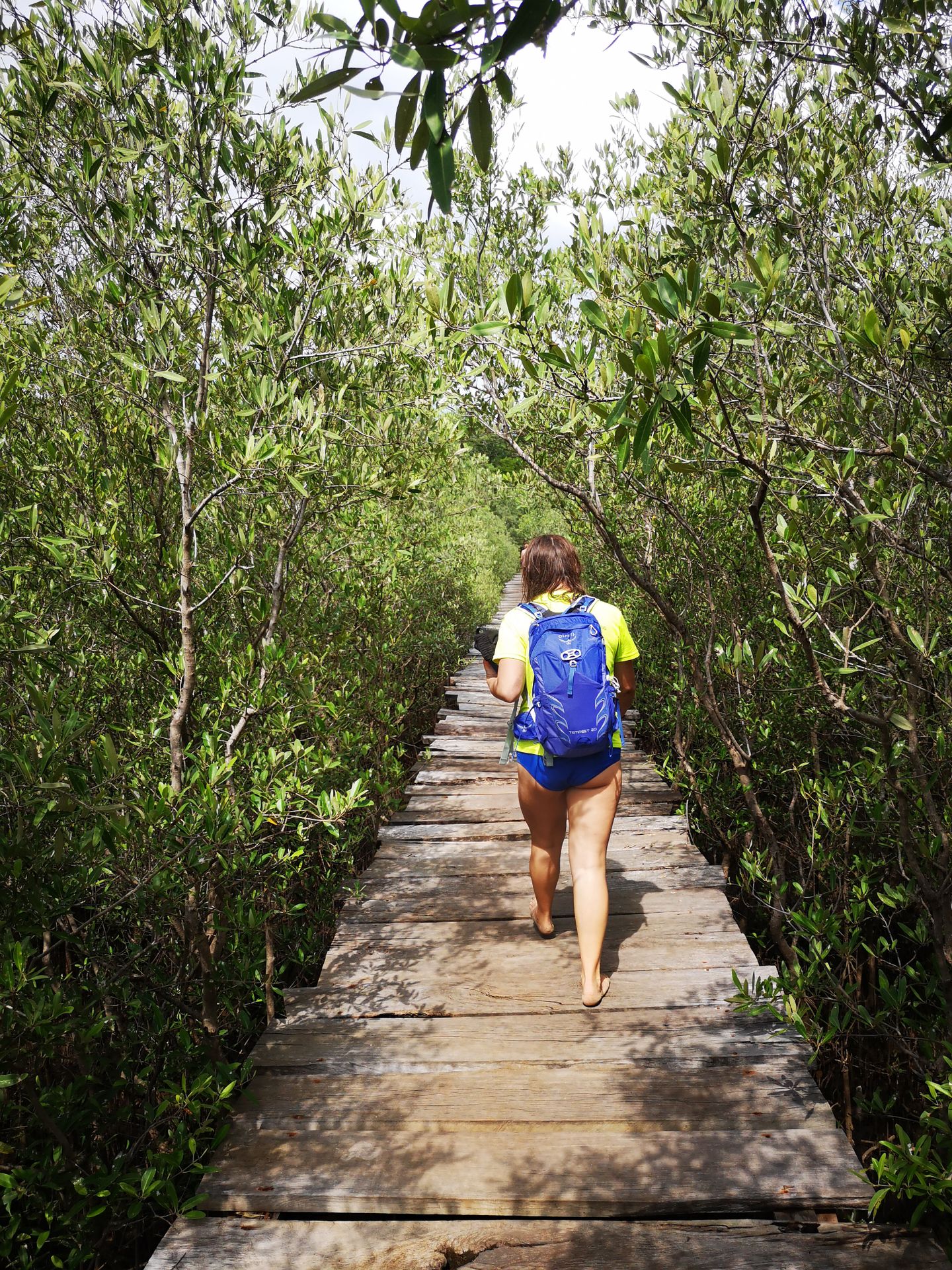
And this is how it looks now:

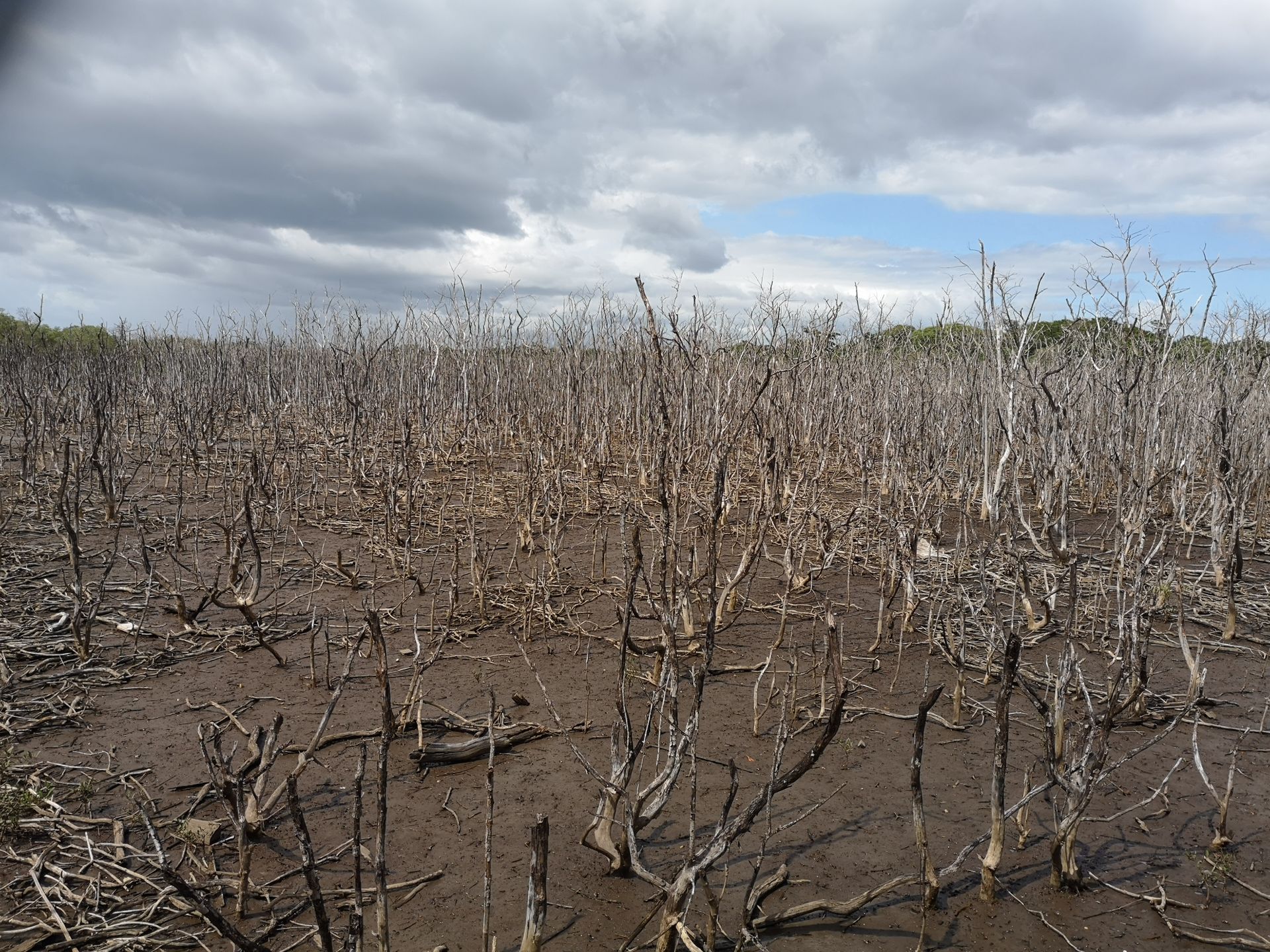
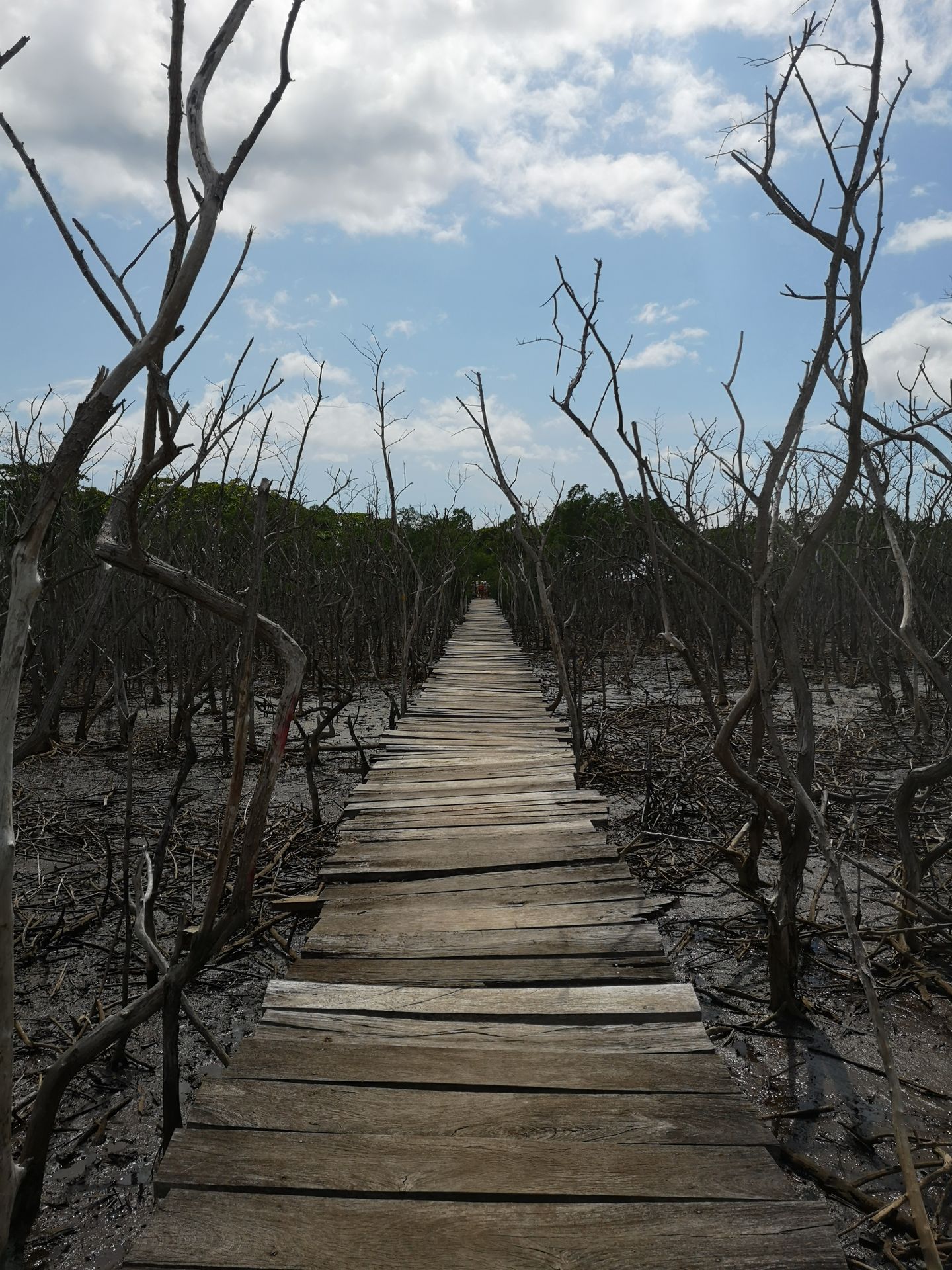
The mangrove forests are very, very important for the environment. On the one hand, they filter pollutants, such as fertilizers or pesticides, which would otherwise end up in the sea with the rivers, out of the freshwater. These substances can have a bad influence on aquatic life. In addition, the mangrove forests cushion the forces of nature such as floods and storms that come from the sea to some extent. Thus, they protect the coastal regions. The mangrove forests are also extremely important for the animal world. Many fish use the flooded root system of the trees as a nursery for their young. The roots provide ideal hiding places for the young animals. But of course, birds and other animals also depend on the forest.
A student team from the local university is now dedicated to reforestation of the mangrove forest. ConnectOcean supports the project and that's why we went to this mangrove forest today. About 20 volunteers gathered to help with the reforestation. We were divided into 3 teams. The first team is supposed to release the approximately 100 seedlings that the project team has already raised to see how the young plants grow. A second group is supposed to go into the still living mangrove forests and collect seeds for new plants. The third group prepared pots to plant the new seeds and raise seedlings.
The ConnectOcean team was assigned to the second group together with the project team, so we went into the mangrove forest and looked for seeds.

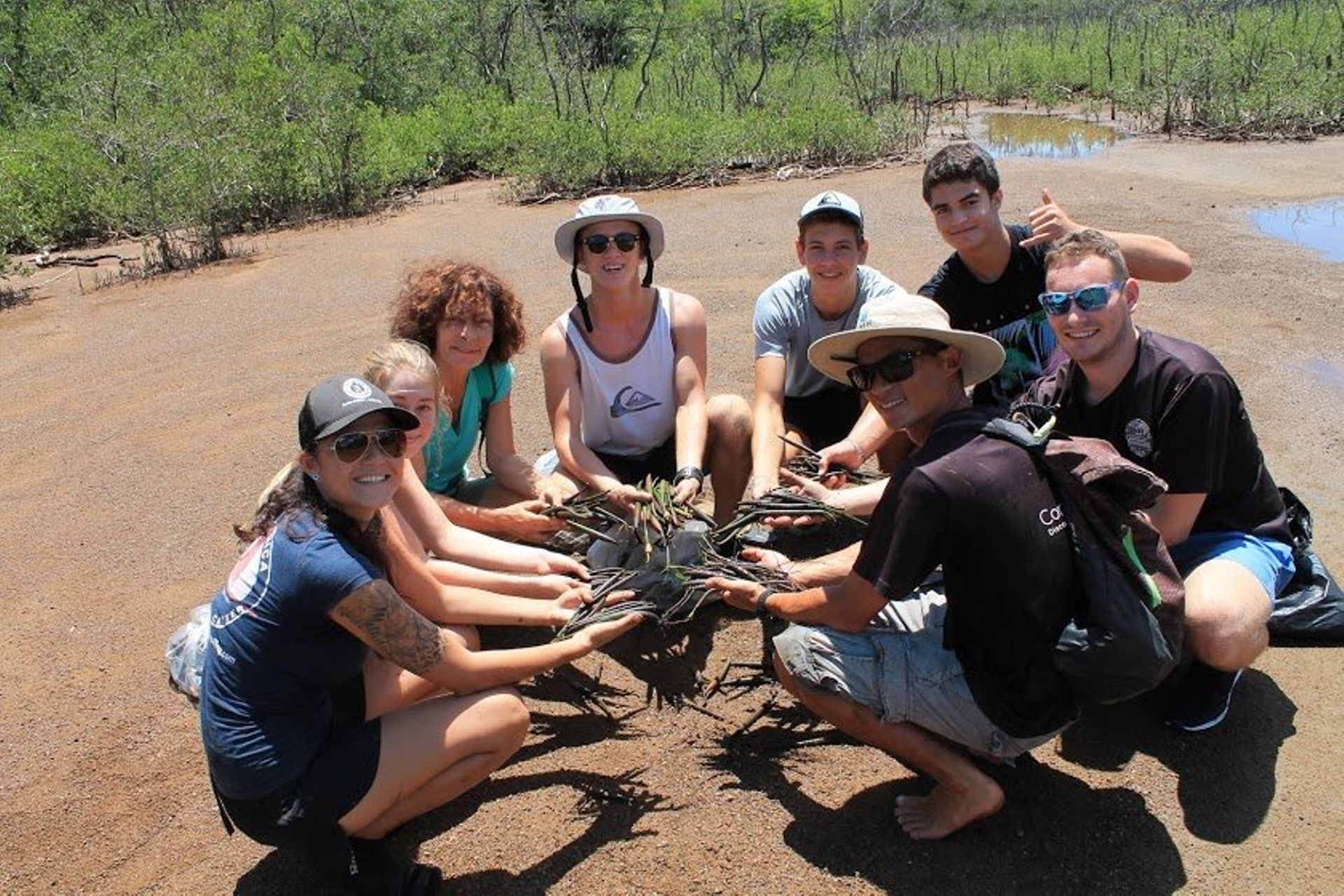
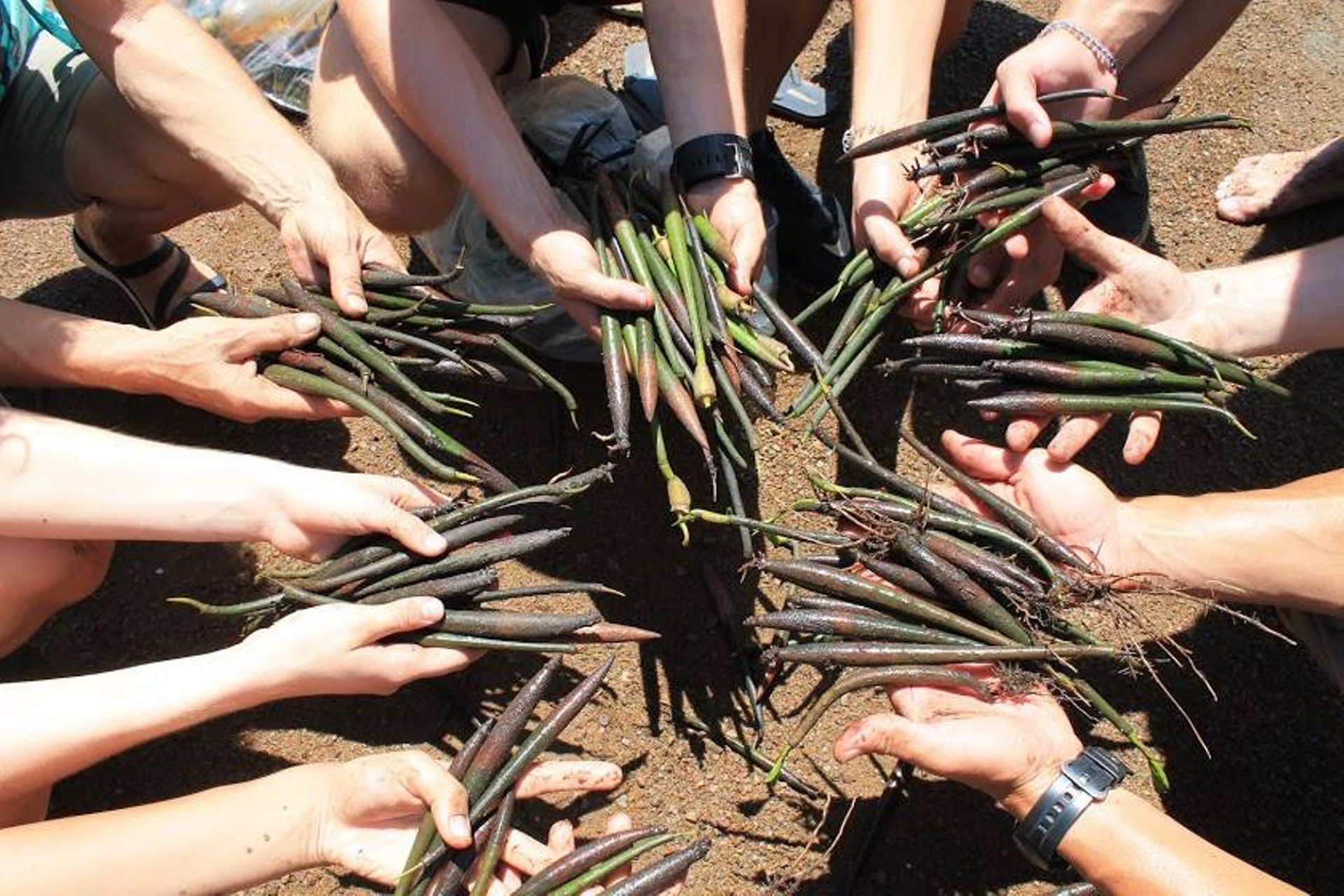
We collected around 800 seeds in an hour.
The first team planted over 100 seedlings in the dead area. Hopefully, mangroves will grow there again soon.
Back at the base, we helped fill about 800 pots with dirt and mud to plant the seeds.
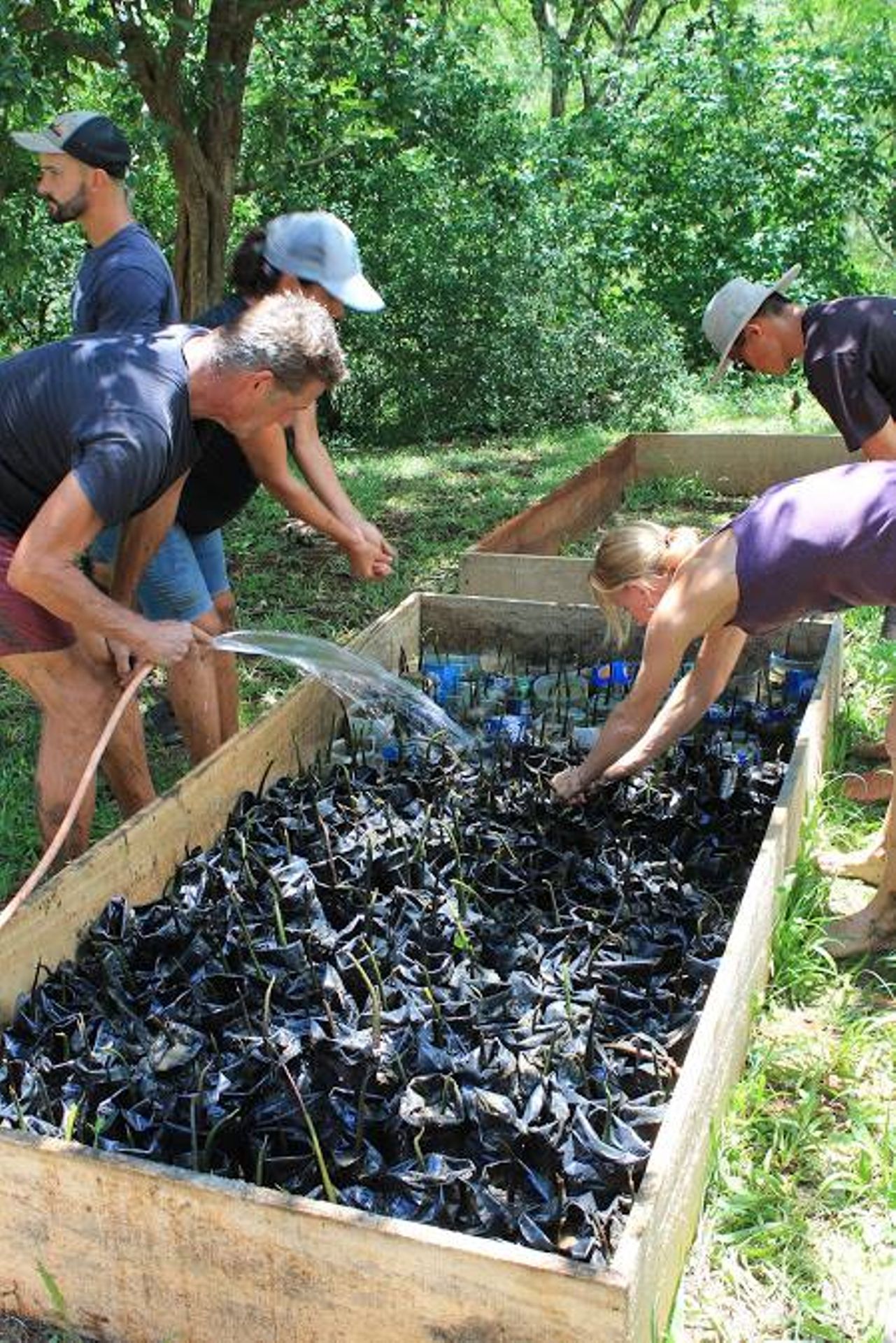
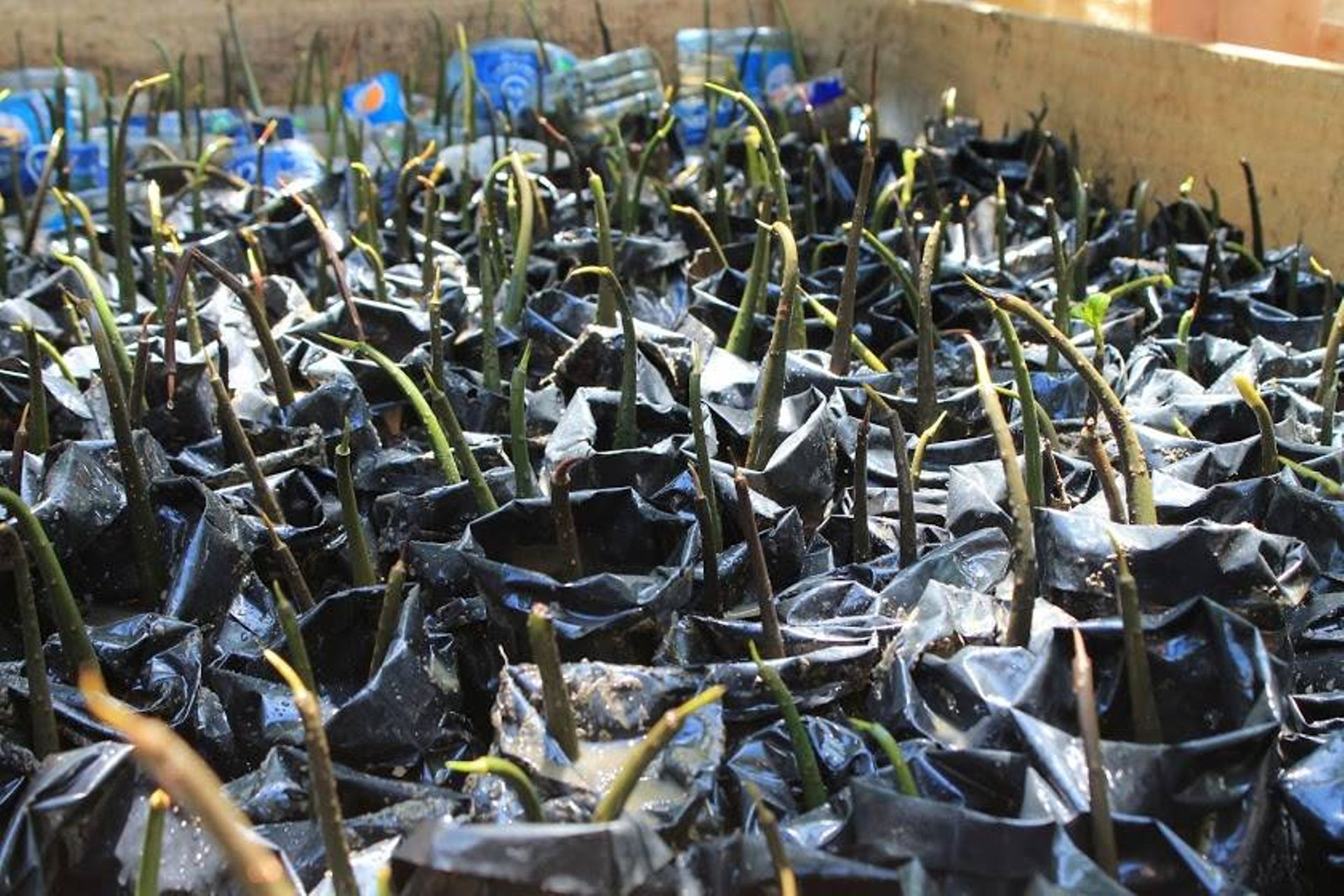
It will now take about 6 months for the seedlings to grow large enough to be released. It is certainly a start to plant around 1000 new plants in the area. But it will take years for a forest to grow there again.
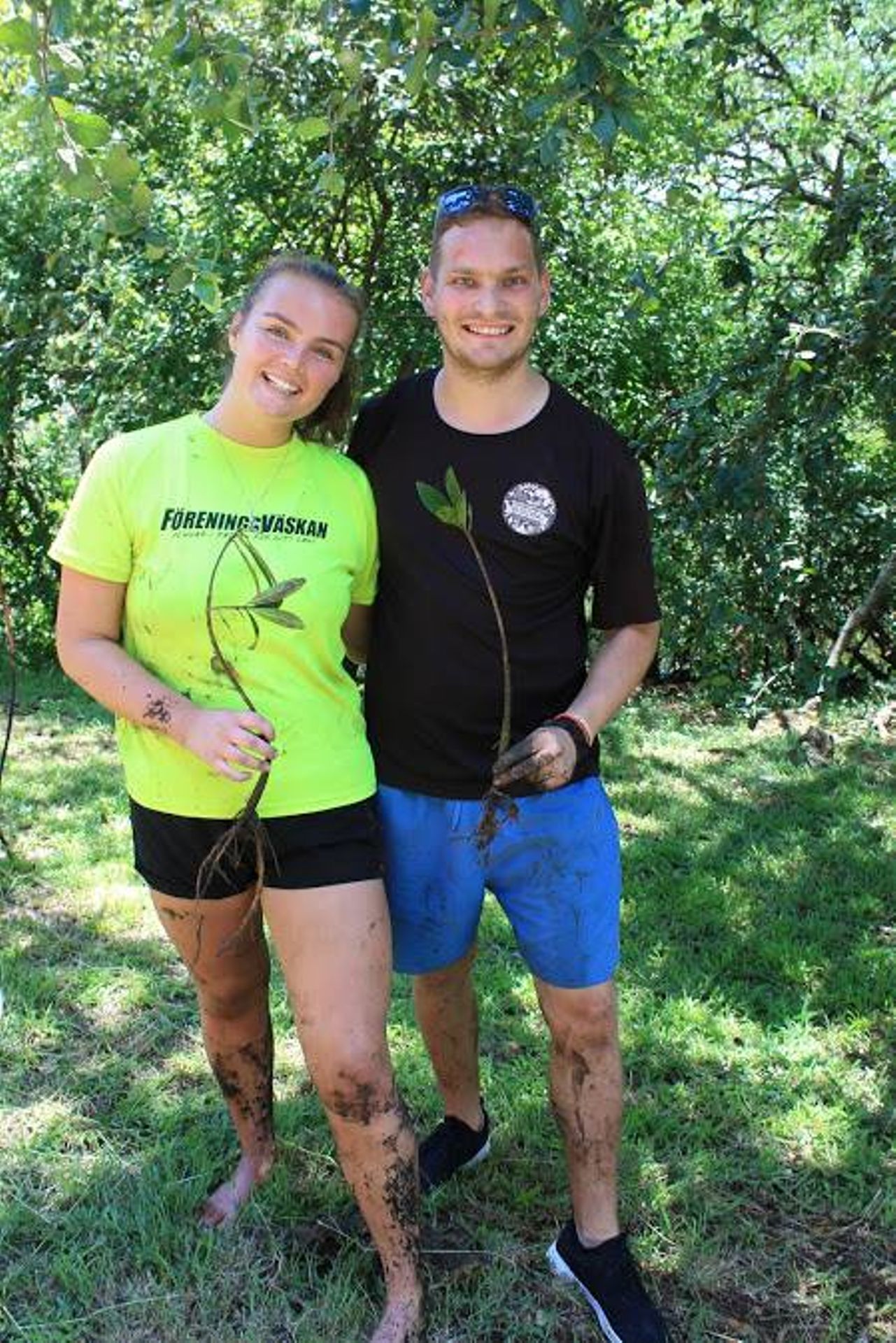
After finishing our work, we couldn't resist jumping into the nearby sea quickly to wash off all the dirt and cool off a bit.
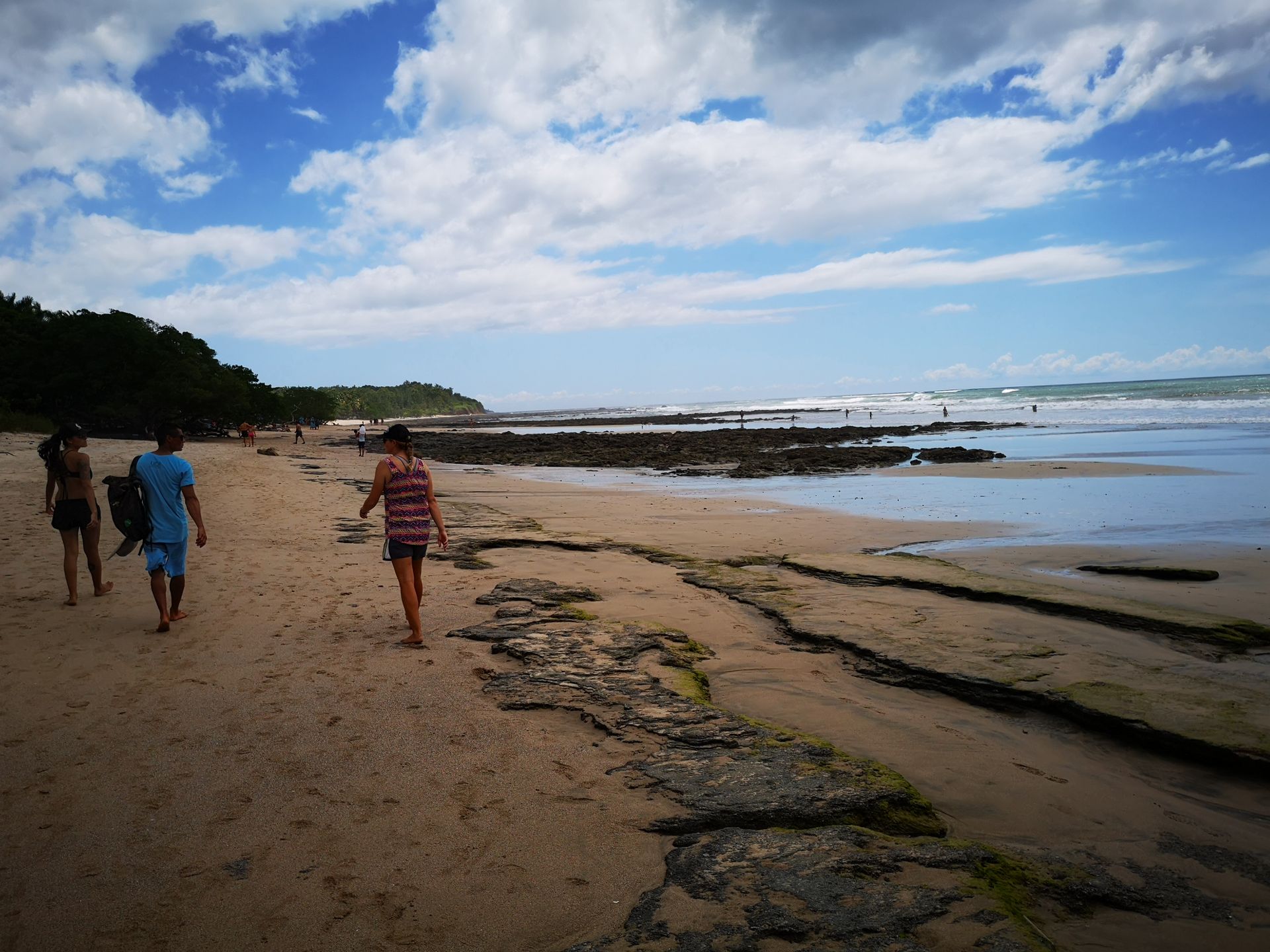
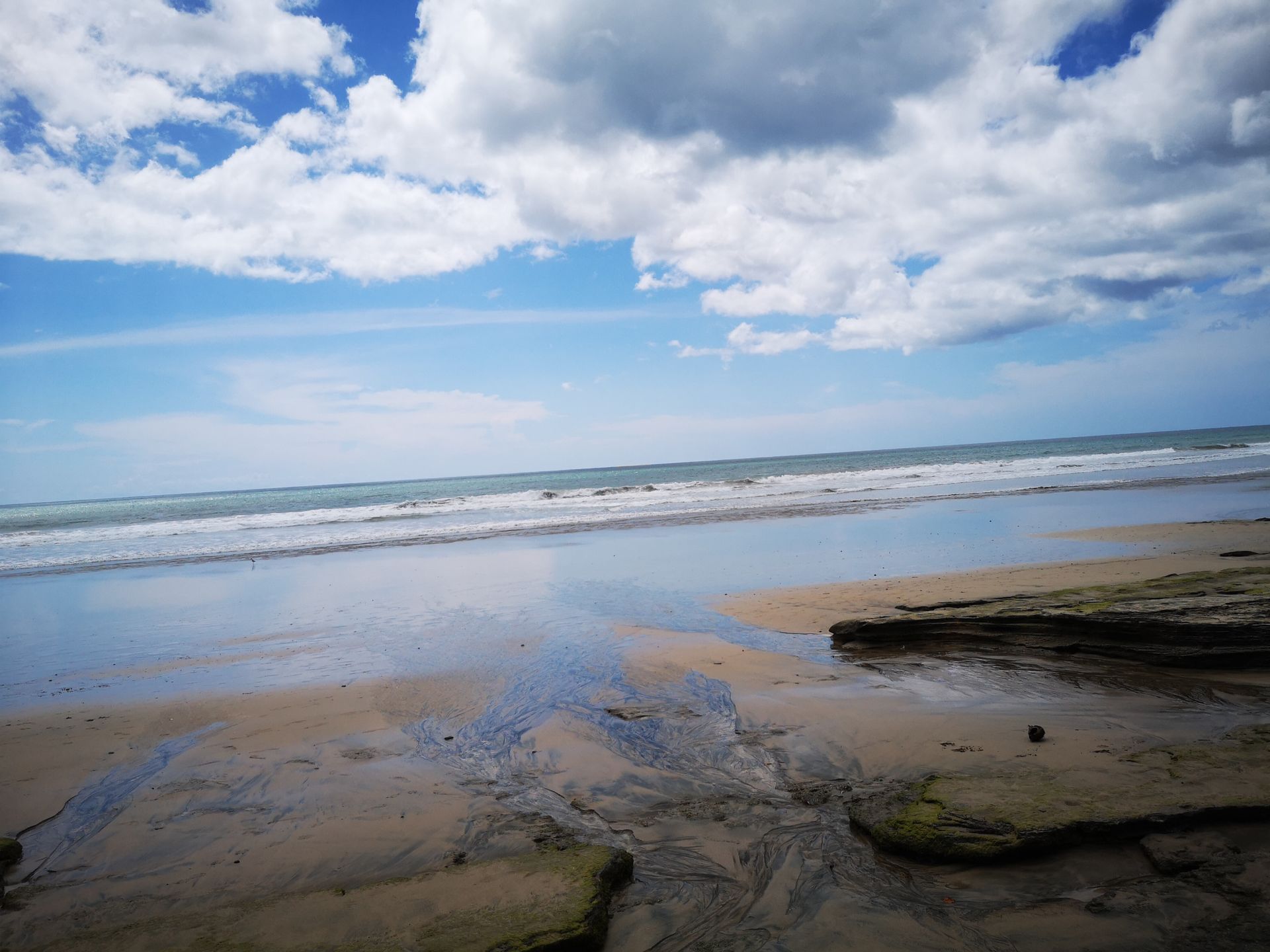
Assine o boletim informativo
Responder
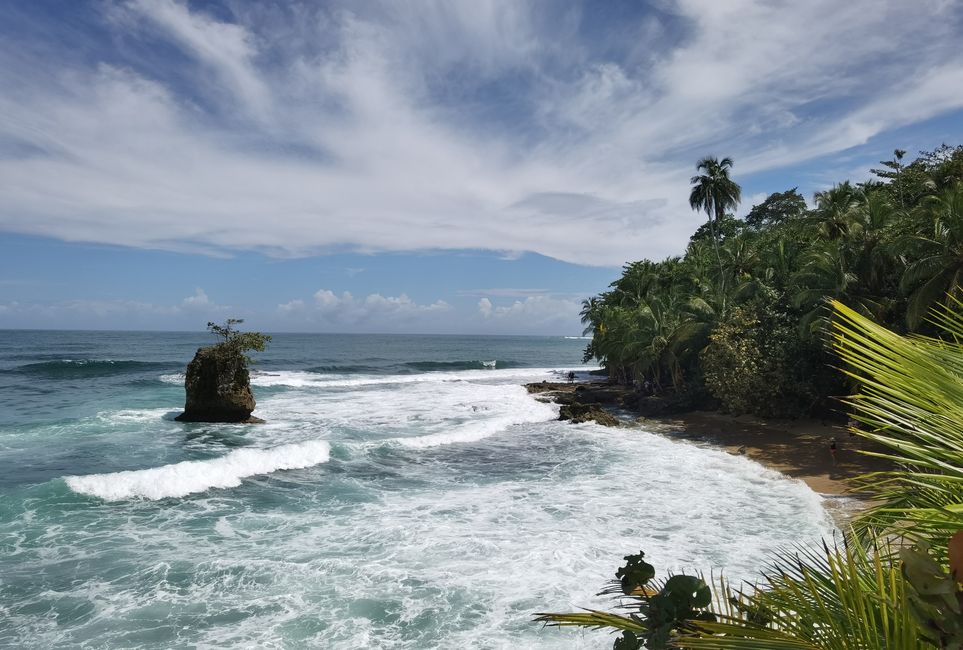
Relatórios de viagem Costa Rica

